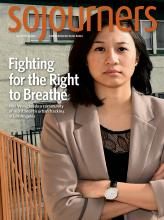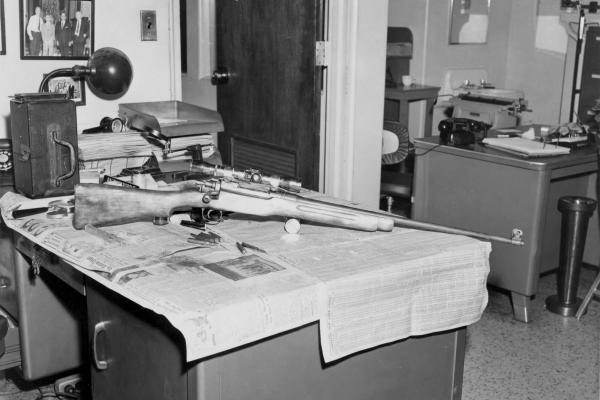IN JUNE 1964, 54 years ago this month, James Chaney, Andrew Goodman, and Michael “Mickey” Schwerner were asked by leaders of the Congress of Racial Equality to investigate the burning of a black church that had doubled as a Freedom School in Neshoba County, Miss.
More than 1,000 people, including college students, boarded buses bound for Mississippi that year. Over the preceding four years, these young people had witnessed a Southern sea change, from school desegregation to the integration of lunch counters, buses, bus depots, and movie theaters. They witnessed the Children’s March in Birmingham—hoses, dogs, terror faced down by black children who did not run. They stood their ground and they filled jails and they sang about overcoming. These previously silenced and subjugated people were now using the only thing they had—their bodies—to break through. And they had broken through.
Nashville, Greenville, Mont-gomery, Birmingham ... Now, it was Mississippi’s turn. James Meredith had served as the tip of the spear in 1962 when he registered for courses at Ole Miss. Mississippians lost their minds. The ensuing riot required 31,000 National Guards to quell it and left two dead and hundreds wounded. Meredith did register—and was graduated—but Medgar Evers, field secretary of the NAACP in Mississippi, was assassinated the following year, in his driveway.
Read the Full Article

